
Research
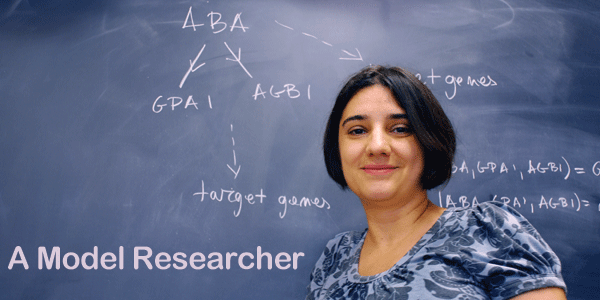
My goal is to develop close collaborations with strong experimental and theoretical components. By blending cross and inter-disciplinary expertise we hope to expand scientific inquiry in new and exciting directions.
General reports on our research:
- Some Communities Dependent upon Few Species in Physics
- Using complex network-based models, Reka Albert is helping biologists solve pressing problems in Penn State Profiles.
- Silencing a protein could kill T-cells, reverse leukemia in Penn State News
- Essential Science Indicators from Science Watch.
Current Research Support
- NSF MCB 1715826, Systems Biology of Heterotrimeric G-protein Signaling in Overlapping Stomatal Closure Pathways (co-PI)
- NSF IIS 1814405, Collaborative Research: Network Analysis and Anomaly Detection via Global Curvatures (PI)
- ARO MURI, Transport in Disordered Hyperuniform Systems and Networks (co-PI)
Current Research Group
Ph.D Candidates

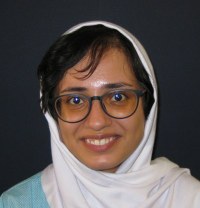
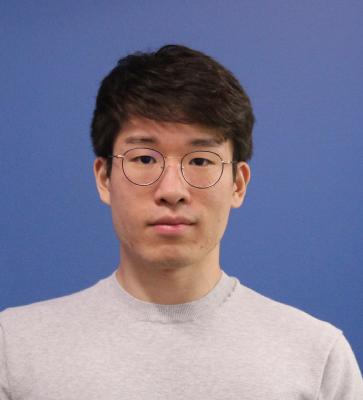
Research Group Alumni
Ph.D. Alumni
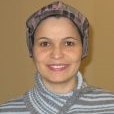






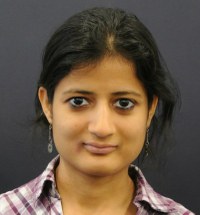
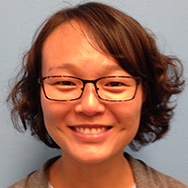



Postdoctoral Alumni

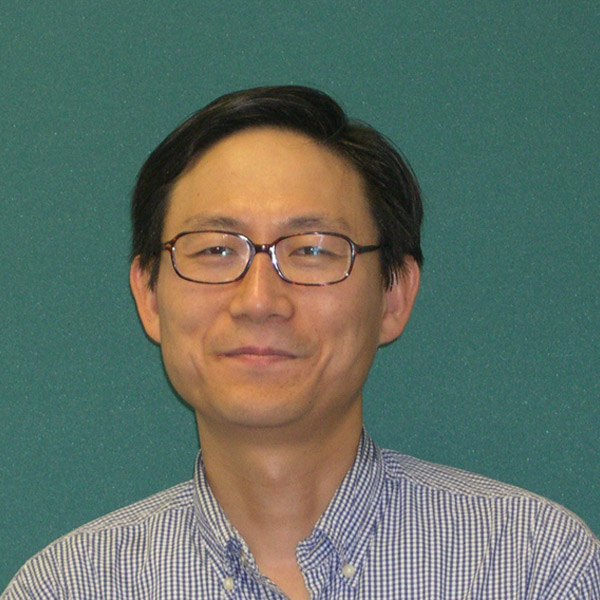

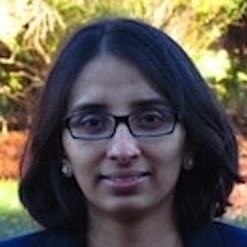
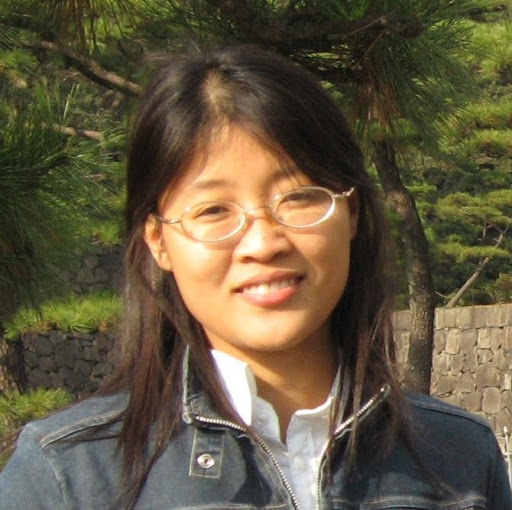


Research Areas
Signal transduction in plant guard cells
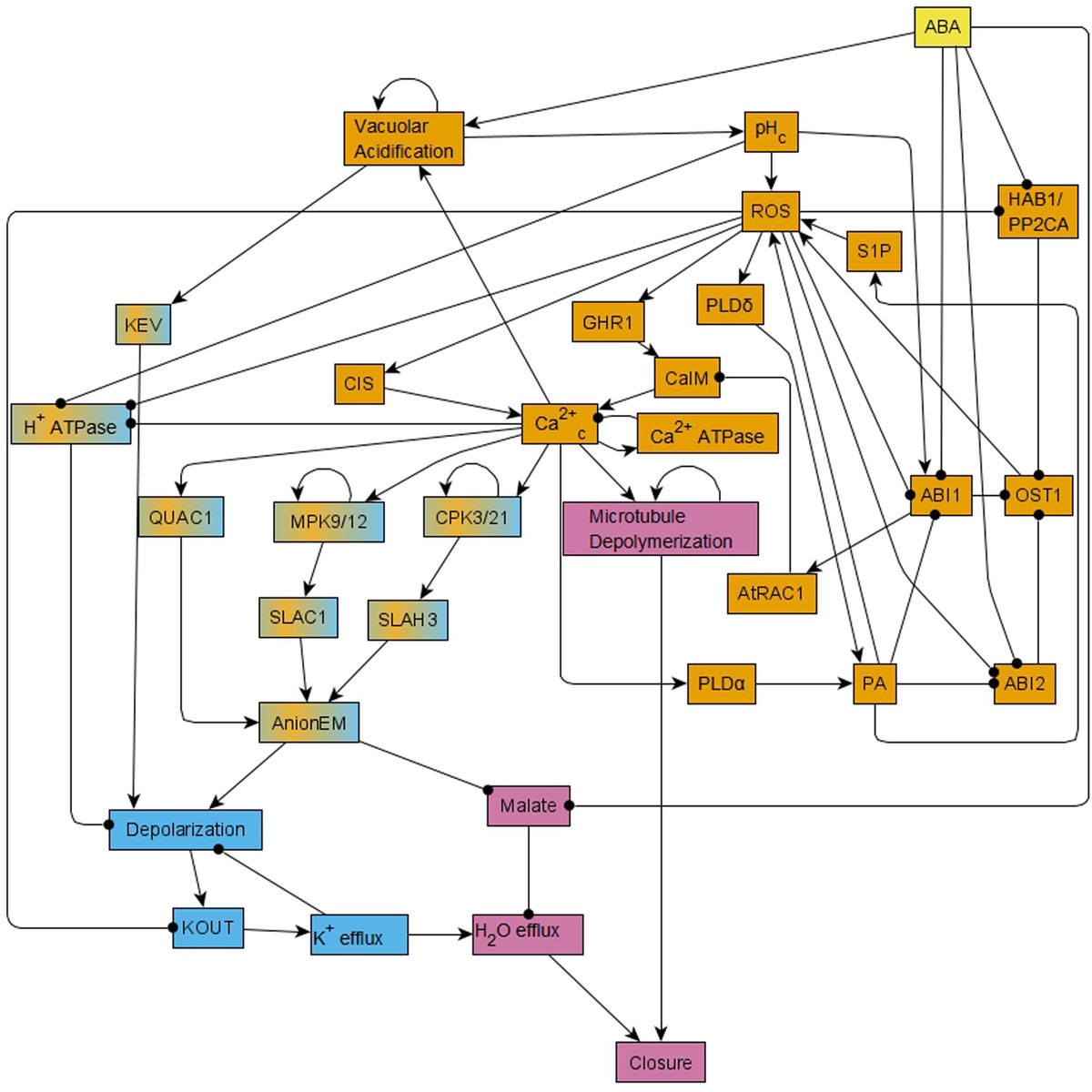
Plants have developed sophisticated signal transduction mechanisms to be able to respond to changing environmental conditions. One such mechanism is the opening of stomata (pores) to light and closing them in response to drought conditions. We have synthesized experimental information on light and drought signaling to reconstruct and model the signal transduction network of guard cells. Our work has identified knowledge gaps and has generated new predictions and hypotheses.
Collaborators:
- Prof. Sarah Assmann, Waller Professor of Biology, Department of Biology, Penn State
Modeling ecological communities
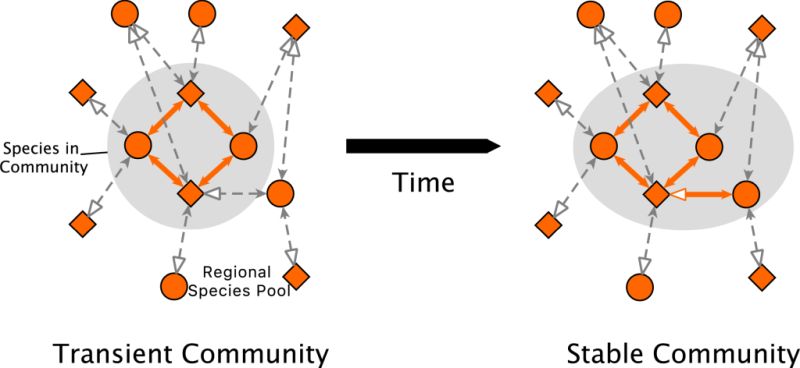
Relationships such as those between predators and prey, or symbiotic interactions like those of plants and insect pollinators, link the species of an ecological community into a complex network of interdependence. This means that the demise of one species can have knock-on effects that are hard to predict and may occasionally be catastrophic. We analyzed the effects of perturbations, interventions and restoration strategies in prototypical plant-pollinator networks
Collaborators:
- Prof. Katriona Shea, Professor of Biology, Penn State
- Prof. Colin Campbell, Associate Professor of Physics, University of Mount Union
Elucidating the attractor repertoire of biological systems
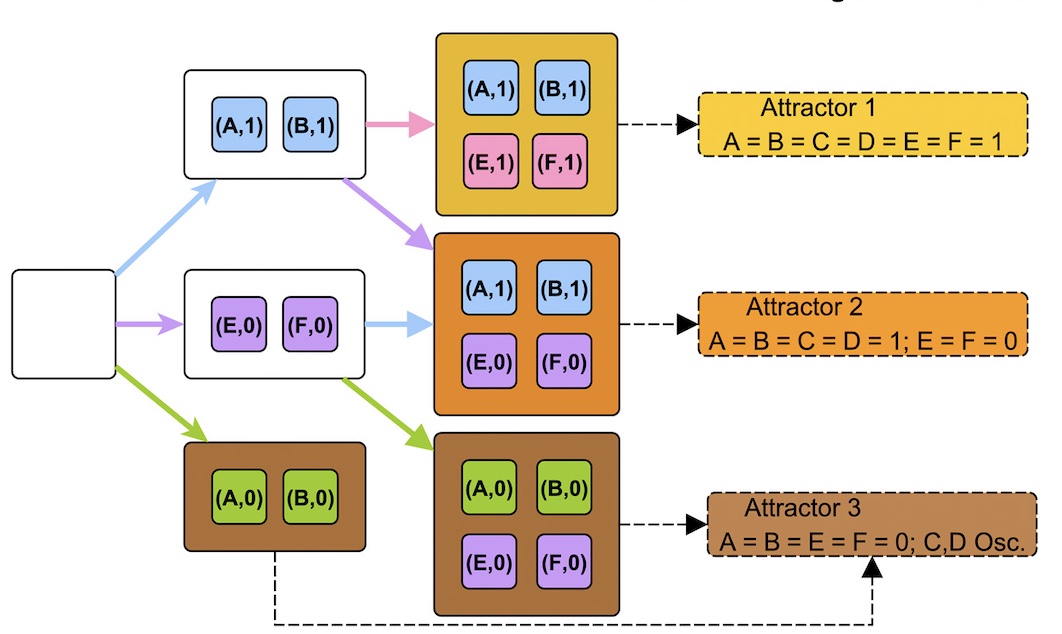
We are developing methods to identify and understand system-level decision-making, i.e., robust commitment toward one of the dynamical attractors in a multistable system. We implemented these methods for Boolean systems and have generalized them to multi-level discrete dynamical systems and continuous (ODE) systems.
